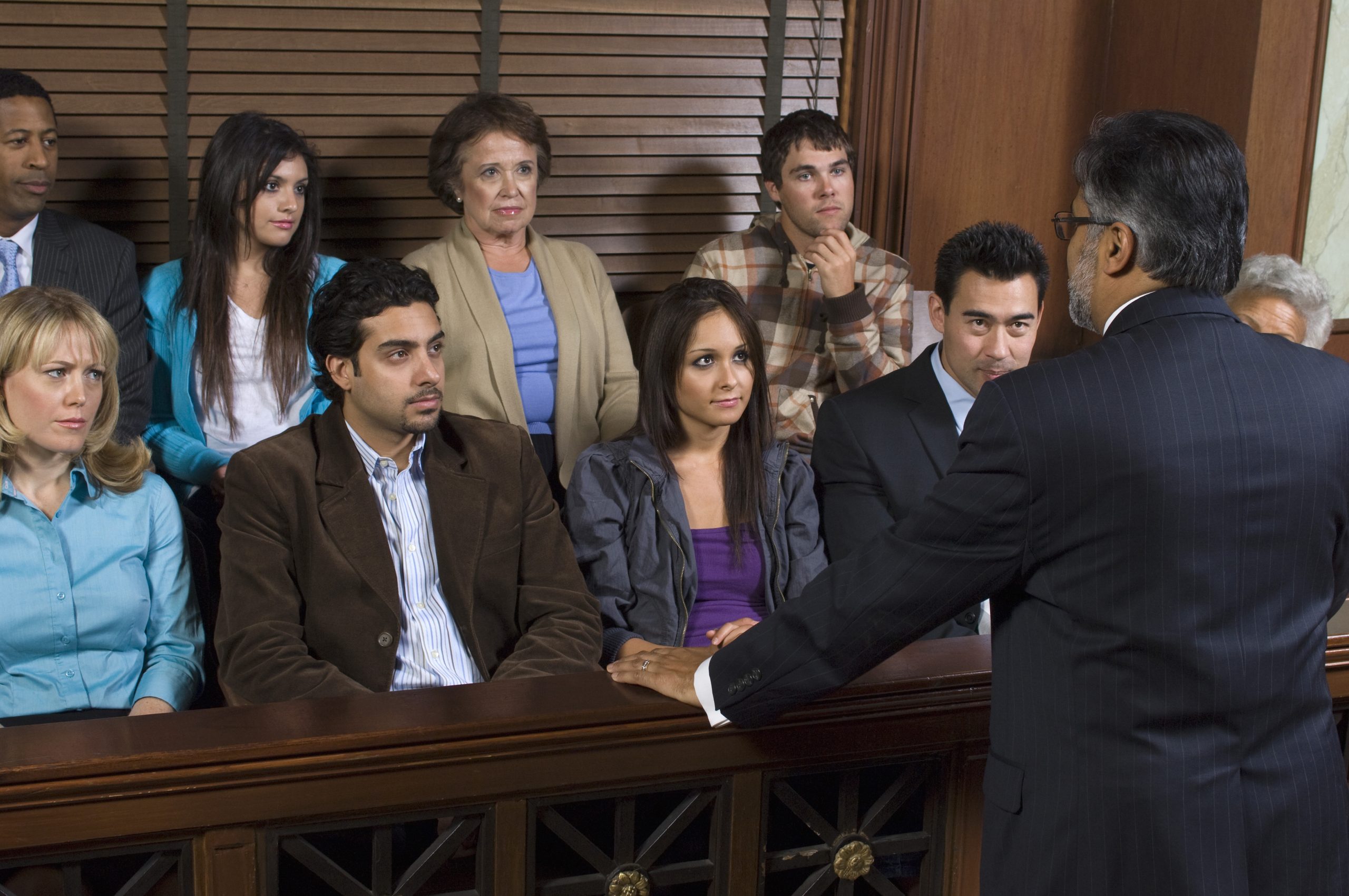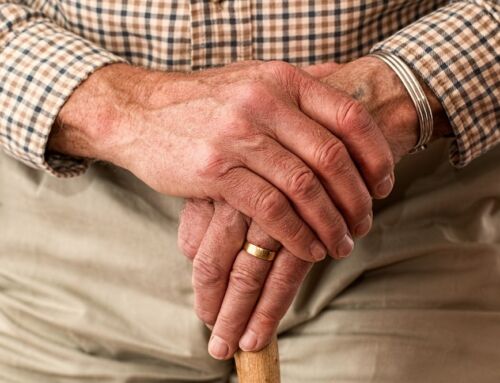In a big case, the other side will do everything possible to convince a jury that their client is not liable for the injuries of the plaintiff. They might try to convince the jury that their client is not liable, or they might try to put blame on the plaintiff. In certain cases and in certain areas, the jury might be more friendly towards a big corporate defendant, such as a trucking company, who might employee a lot of people in that area. So the big question is: How can a plaintiff’s attorney connect with a jury and make sure their message relates to the jurors?
The 7 Elements Method
There are a couple methods that plaintiff’s attorneys can use to connect with jurors, and one of which is commonly used by businesses to connect with customers. The method has been highly written about, most notably by Donald Miller in his book Building a Storyboard. The seven elements to a good story and a good way to connect with clients (or in this case jurors) are:
- A character/hero;
- A problem;
- A guide;
- A plan;
- Action;
- A way to avoid failure; and
- Success.
These elements can help an attorney connect with a jury. When using this method, an attorney can lay out their case in a helpful way to jurors. However, this method is very juror-centric in nature. The jurors are the ones making the decision in these cases, and therefore the jurors are the heroes in the story. The problem is the decision to be made by the jurors. The guide is the plaintiff’s attorney, who will helpfully lay out a plan for the jurors to follow, if they so choose. If you, as a plaintiff’s attorney, connect with the jurors, then the action taken will be finding in favor of your client so that they can avoid what they feel is failure by finding for the defendant. Finally, this can lead to success for you and your client.
Why is This Important?
As an attorney it is important to connect with jurors to make sure that your client can get the compensation they deserve. However, it is also important to make the jurors feel wanted and important. In doing so, you allow the jurors to feel as if they are a part of the case, and not just required to be there.
By connecting with jurors and making them feel as if they are a valuable part of the case, it is more likely that they will listen to the case you are trying to lay out for your client. This allows you to build a compelling case for the jurors to hear, and it will allow you to better work for your client. These 7 elements will allow you to weave a story both for the jury and to include the jury, and will help you better work for your client.
Have You Been Involved in an Accident That was the Fault of Another?
Contact the experienced attorneys at the law firm of Hurst Limontes, LLC. Our attorneys have decades of combined experience in many areas of tort law and personal injury law. We fight to ensure that our clients always get just compensation for their injuries. Call or email us today to receive a free consultation!





